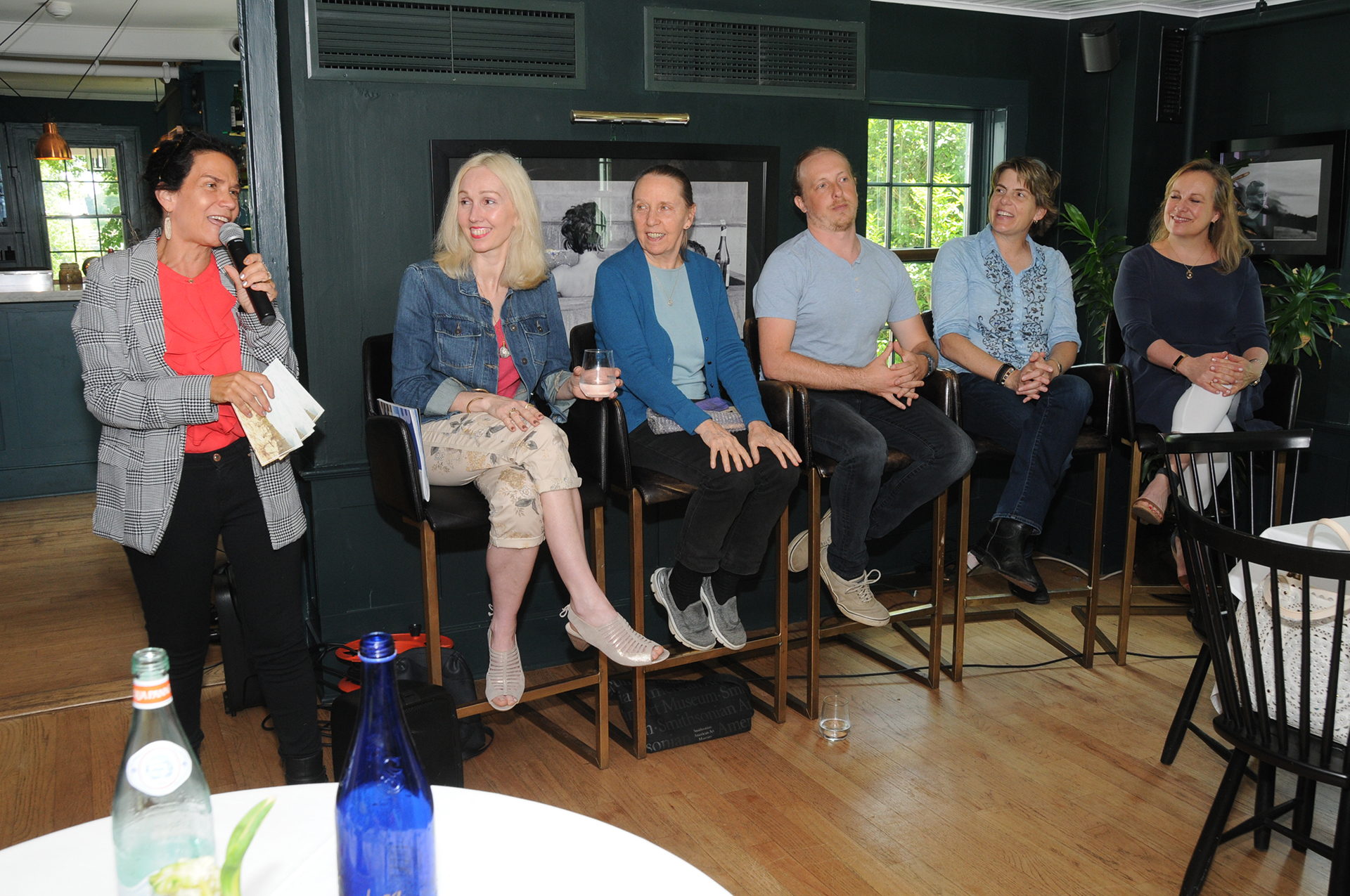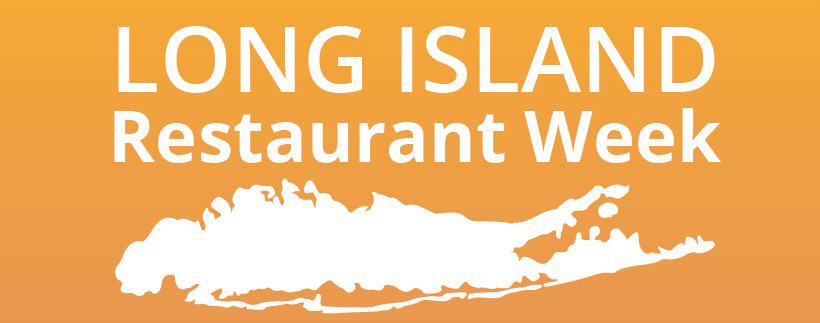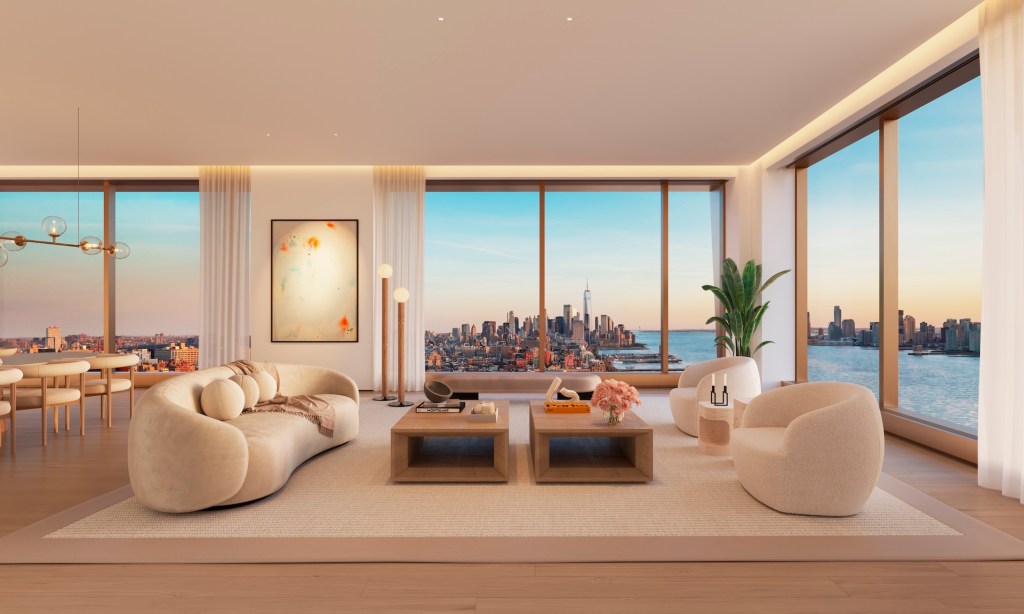Exploring Future For Arts On East End


The future of the arts on the East End was the focus of a lively five-person panel on Thursday, June 6, during a luncheon at The Maidstone Hotel in East Hampton. “Arts: Creative Place Making” was the second topic in the Independent Thinking series, sponsored by the Adam Miller Group, Advantage Title, and The Independent.
Emma Walton Hamilton, author, educator, and one of the co-founders of Bay Street Theater in Sag Harbor in 1991, said that two major hurdles facing the arts on the East End are funding and housing. Hamilton said that when she founded Bay Street along with Stephen Hamilton and Sybil Christopher, the theater soon found itself spending $100,000 a year to house the actors, designers, technicians, and the rest of the creative team needed to mount high-quality theater, and that cost has only gone up over the years since she has left. She warned that the trend is not sustainable, long term.
Helen Harrison, director of the Pollock-Krasner House and Study Center in Springs, and a former art reviewer and feature writer for The New York Times, read a passage written by Patsy Southgate for the Paris Review in 1959. Southgate was commenting “on the incongruity between the area’s well-heeled conservatives and the Bohemian art colonists,” writing “It is an uneasy juxtaposition, with very little contact and hardly anything in common — it might almost be a mutual reaffirmation society based on contrast. One can’t help wondering why the painters come here when even the rents give pause.”
Concern was expressed for what seems to be a growing lack of interest in the arts among younger people. Hamilton called it “the graying of the American audience.” It is becoming increasingly difficult to draw young people to the performing arts. She told the audience, “We need your help. We need you to advocate for the arts out here.”
Bridget LeRoy, who moderated the talk, and is the managing editor and co-founder of The Independent, is also a member of the East Hampton Town Arts Council. She said that the council’s monthly meetings at Town Hall are sparsely attended, and she encouraged members of the public to attend.
Scott Bluedorn is an artist, as well as an art curator. He said it is important to develop centers where art and artists can survive and thrive. “There is just no studio space.”
A performing artist on the panel, singer-songwriter Inda Eaton, expressed concern that the number of venues for musicians are rapidly decreasing in the Town of East Hampton, with almost all that remain being in Montauk. Eaton noted that venues have vanished entirely from some towns and villages to the west.
She also pointed out that at the many charitable events and fund raisers held each summer season, the promoters budget money for the wait staff and the food, but the money seems to stop when it comes to paying the performing artists.
Solutions to long-term problems facing the arts and artists were offered at the luncheon, as well. Andrea Grover, the executive director of Guild Hall, suggested that, off-season, Guild Hall could open space for musicians like Eaton. She also sad that musicians should be paid stipends, at the least, for their work.
Grover also said that towns and villages on the East End need to work together to support the arts. She said that one thing municipalities could do to help is to examine the zoning regulations as they effect the arts. When she was 27, she founded the Aurora Picture Show in Houston, TX. Grover stated that Houston’s lack of a zoning code (LeRoy jokingly responded by calling it “the wild west”) was a stimulant for the arts, allowing artists and curators to think outside the box.
Harrison drew from her experience at the Pollock-Krasner facility, describing what should be the goal of institutions encouraging developing artists.
“You don’t have to draw something that looks like something. It doesn’t have to be correct. It’s not about depicting things, it’s about expressing the way you feel about things, an alternate way of creating. We don’t present it as the be all and end all, like, you should stop drawing horses with four legs, because ‘we don’t like that.’ Horses with four legs work just fine,” she said. “Let people let their creativity out without judgment.”
View full gallery here.
t.e@indyeastend.com



